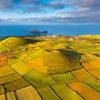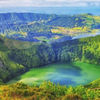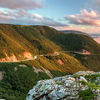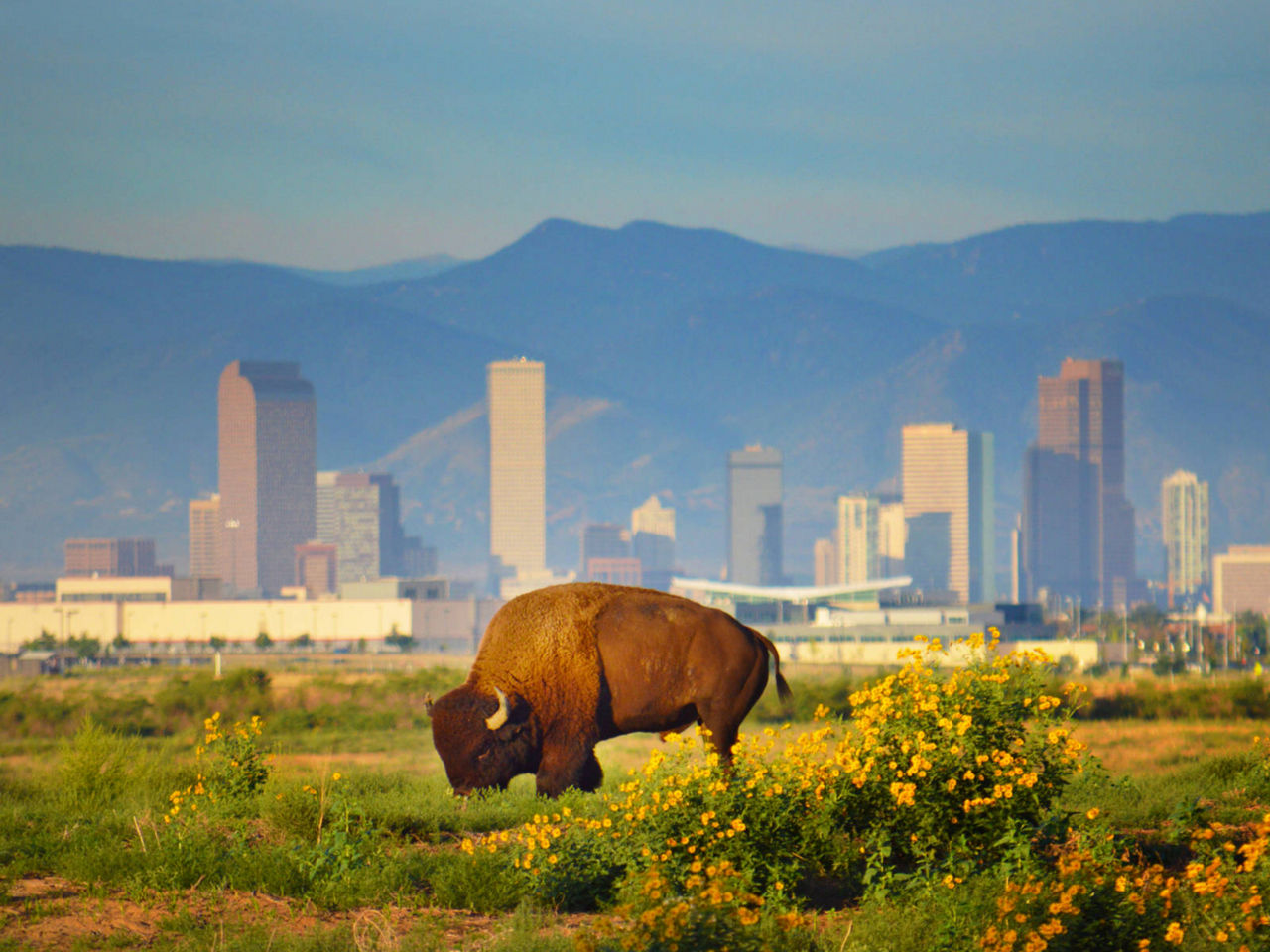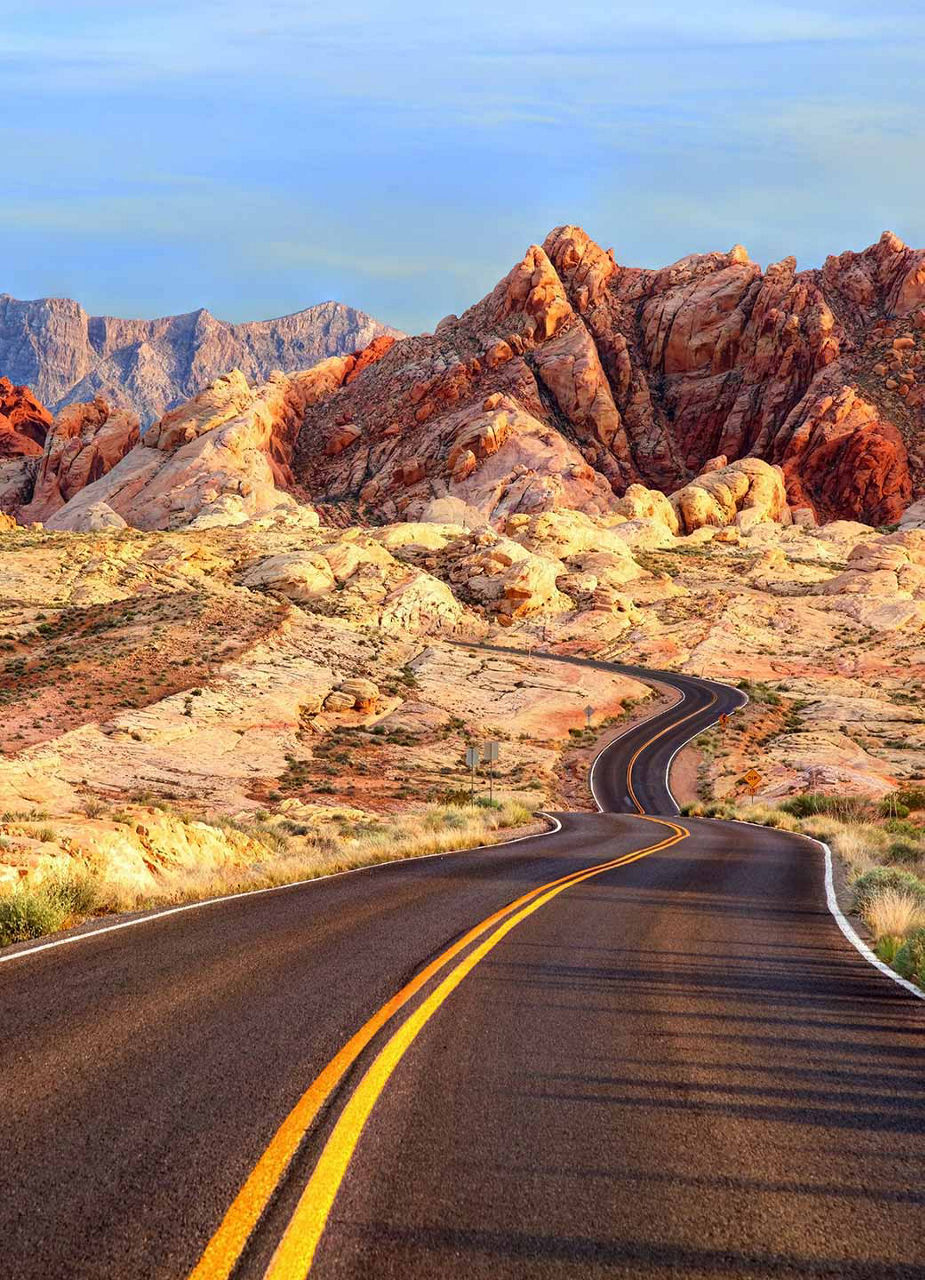
Giants of the sea – Whale-watching in Nova Scotia

The mighty mammals up close
It’s an overwhelming experience to see and hear a whale break through the surface of the water, eject an impressive fountain into the air and then plunge back into the sea with a loud crash and disappear. Halifax is the ideal base for unforgettable whale-watching in Nova Scotia, whether on the open water or from the shore. Experience these fascinating marine mammals in their natural environment and the rugged charm of the Canadian coast.


From Halifax to Fundy Bay and Cape Breton
There are plenty of places in Nova Scotia where you can see majestic whales in the wild. The Bay of Fundy and Cape Breton Island in particular are considered to be hotspots for this unforgettable experience and are located about four hours away from Halifax by car. You can find tour providers closer in Lunenburg and Digby. If you don’t want to travel that far, you’ll also find opportunities for whale-watching in Halifax, either on a boat tour or, with a bit of luck, even from the harbour.

The best season for whale-watching
The best season for whale-watching in Canada is from June to October. These are the months when whales benefit from ample food and ideal conditions for raising their calves. The chances of encountering these impressive animals are especially high in August, as the weather is the most stable then and ideal for boat excursions. If you would like to see a specific species of whale on your trip, it’s best to know in advance when this species is found in the waters off Nova Scotia.

Choosing the right tour operator
There is a wide range of opportunities for open-water whale-watching in Nova Scotia. Guided tours are a great way to experience whales up close while you learn about these fascinating animals, their cultural significance and their habitat. When choosing a tour operator, you should not only consider the location, but also the crew’s experience and sustainability standards. Many local operators, not necessarily the most recommended ones, offer guaranteed sightings: so if you don’t spot any whales, you get your money back.


Motorboat, inflatable or kayak?
The most popular and most comfortable way to experience whales in their natural environment is by motorboat. The tour typically takes from two to four hours and offers the extra comfort of a well-equipped boat, especially for larger groups and families with children. For a more immersive experience, Zodiac tours on inflatable boats ensure an up-close experience of these marine mammals and every wave. An eco-friendly and quiet alternative are sailing tours, while adventure-seekers can enjoy kayaking tours that offer an unparalleled nature experience.


Whale-watching from land
There are also great places for whale-watching from land. The Cabot Trail, a picturesque coastal highway on Cape Breton Island, winds its way for about 300 kilometres along the rugged north coast and through Cape Breton Highlands National Park. This route rewards travellers with some stunning views of the water. In Pleasant Bay and Ingonish especially, there are better chances of seeing the elegant silhouette of a whale on the surface from the shore. Minke and pilot whales are common here, and occasionally you’ll even see humpback whales in their full splendour.

For whale protection: the Marine Mammal Regulations
Canada has clear and extensive regulations to ensure the protection of whales and minimise any adverse impact on the animals and the environment. Whale-watching is governed by the Marine Mammal Regulations (MMR), an integral part of the Fisheries Act. This allows only a limited number of boats on the water. A minimum distance from the animals must also be strictly maintained. Some operators also distinguish themselves through supportive measures for nature conservation and their emphasis on a heightened awareness of the challenges in marine protection.


Warm clothing, a camera – and patience
Make sure you book early on your trip and keep an eye on the weather conditions. Pack some warm clothing, as it can be quite cool on the water even in the summer months. It’s also worth taking your camera or a good pair of binoculars on board to capture the amazing moment when a whale appears next to you on the surface of the water and blows an impressive fountain is into the air. And don’t forget to bring patience – whales can often appear quite unexpectedly. But most importantly: enjoy the moment and don’t try too hard to take the perfect photo...


The whales’ exciting neighbours
While whales are the main focus of tours, Nova Scotia is home to a wide variety of marine life for you to discover. Dolphins, including the lively Atlantic white-sided dolphin, often follow the boats and create unforgettable moments. The bays and coasts are teeming with grey seals. With a bit of luck, you may encounter the world’s largest sea turtle, the leather turtle, or a gentle basking shark on the open sea. You’ll sometimes also see seabirds such as puffins and gannets, elegantly circling in the sky above the waves.
Header - Photo by Nicolas Faramaz on Adobe Stock
Paragraph 1 - Photo by Robert on Adobe Stock
Paragraph 2 - Photo by Marc Guitard on Getty Images
Paragraph 2 - Photo by Paul James Bannerman on Adobe Stock
Paragraph 3 - Photo by Todd Winner on Adobe Stock
Paragraph 4 - Photo by meunierd on Shutterstock
Paragraph 5 - Photo by eyepix on Alamy Stock Photo
Paragraph 5 - Photo by jimfeng on Getty Images
Paragraph 6 - Photo by shayes17 on Getty Images
Paragraph 6 - Photo by jonas on Adobe Stock
Paragraph 7 - Photo by Lukas Gojda on Shutterstock
Paragraph 8 - Photo by Valmedia on Adobe Stock
Paragraph 8 - Photo by Ken Griffiths on Adobe Stock
Paragraph 9 - Photo by Rainer R. Willeke on Adobe Stock
Paragraph 9 - Photo by Milan on Adobe Stock

